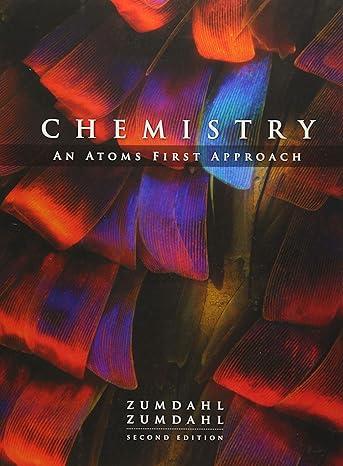The free energy change, G, for a process at constant temperature and pressure is related to S
Question:
The free energy change, ΔG, for a process at constant temperature and pressure is related to ΔSuniv and reflects the spontaneity of the process. How is ΔG related to ΔSuniv? When is a process spontaneous? Nonspontaneous? At equilibrium? ΔG is a composite term composed of ΔH, T, and ΔS. What is the ΔG equation? Give the four possible sign combinations for ΔH and ΔS. What temperatures are required for each sign combination to yield a spontaneous process? If ΔG is positive, what does it say about the reverse process? How does the ΔG = ΔH 2 TΔS equation reduce when at the melting point temperature of a solid-to-liquid phase change or at the boiling-point temperature of a liquid-to-gas phase change? What is the sign of ΔG for the solid-to-liquid phase change at temperatures above the freezing point? What is the sign of ΔG for the liquid-to-gas phase change at temperatures below the boiling point?
Step by Step Answer:

Chemistry An Atoms First Approach
ISBN: 9781305079243
2nd Edition
Authors: Steven S. Zumdahl, Susan A. Zumdahl





